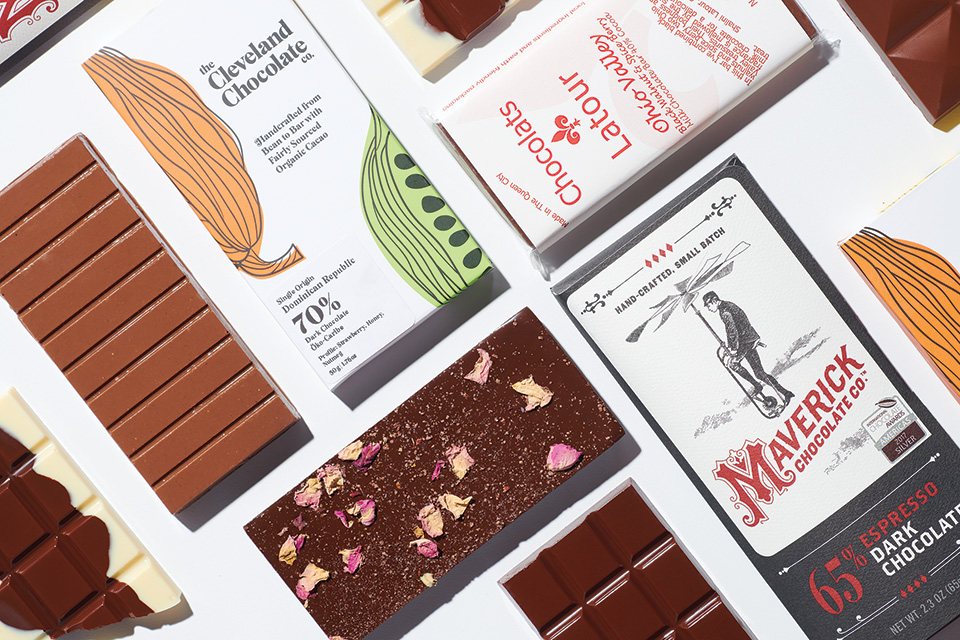

What type of cacao beans make the best chocolate bars?Ĭacao beans come from 11 primary varieties of the cacao tree (Theobroma cacao), in addition to a variety of cultivars and hybrids. The Fair Trade Committee will help set up a “Premium Fund” that help with financing a designated project to improve the community. The Fair Trade movement was started in the 1950s, and in 1997, Fair Trade USA was founded, which researches producers and assigns Fair Trade certification when required standards have been met. It helps support sustainable farming and product development, as well as the rights of workers and small producers. quantity – We support great quality at Banyan Tree Chocolate & Café.įair trade is an arrangement that helps producers in developing countries receive fair prices for their products from buyers in developed countries. Mass-producers of chocolate are more concerned with consistency, sales volume and profit. Other ingredients in hand-crafted chocolates are also usually of a premium grade, and of course, buying ingredients in smaller quantities is more costly.Ĭhocolate makers that are making these delicious treats by hand are focused on creating a delicious and memorable experience for their customers. It is often obtained from Fair Trade and organic growers, rather than large corporate plantations.

Premium cacao used by chocolate makers costs more than commodity cacao used in mass-produced chocolate.

Why do hand-made chocolate bars cost more?Ĭhocolate crafted by hand offers more unique taste and texture opportunities than mass-produced chocolate, but the process is labor-intensive. NOTE: This is such a labor intensive process, we only produce a few micro batches each summer. It is then molded into the final shape and packaged for distribution and sale. Tempering brings the chocolate to the desired temperature, where the product reaches its stable form. Additional ingredients may be added, such as more cocoa butter or lecithin, to achieve the desired texture and flavor. (In great chocolate, the cacao percentage comes more from the beans than from cocoa butter.)Ĭonching is next – the mixture is rolled, kneaded, heated and aerated in a machine that produces smooth and consistent chocolate.
#Bean to bar cracked
The chocolate you love begins as cacao beans that are grown, harvested, fermented, dried and shipped from cacao farms that operate within 10° north and south of the Equator.Ĭacao beans are fermented, roasted, cracked and then winnowed to separate the beans from their shells.įor mass-produced chocolate, the beans are ground and placed under high pressure to yield cocoa butter and cocoa powder.įor small-batch chocolate, the beans are ground, mixed and kneaded with a selection of other ingredients, including cocoa butter, sugar and milk powder. Come into the store to see what we have crafted recently! We continuously look for Cacao from different regions of the world and from different farmers, and we are always experimenting with other ingredients, including Coconut Milk.

Our Milk Chocolate represents a re-birth of an often-maligned chocolate type – this is not mass-produced Milk Chocolate, and it is no longer a guilty pleasure! We produce Dark Chocolate at 70%-80% Cacao content as well as some Milk Chocolate at around 45% Cacao content. The steps we take to produce our bars include selecting and purchasing beans (that have been fermented at source), roasting the beans (somewhat like roasting coffee), grinding the beans using a Mélanger for 24-hours or more, mixing in other ingredients, and then tempering, molding and packaging the bars. The way we craft our small-batch Bean-to-Bar Chocolate is inherently lengthy and labor-intensive but the effort is justified, producing a product that is overwhelmingly more interesting, complex and luxurious than mass-produced bars.


 0 kommentar(er)
0 kommentar(er)
